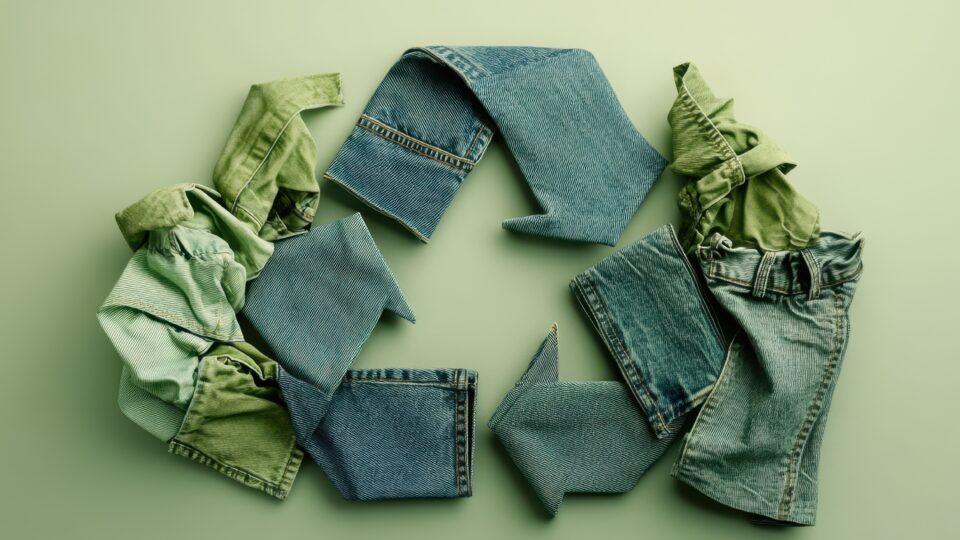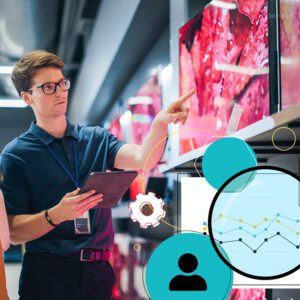Goodwill Industries provides employment opportunities and training for people who need it most — individuals with disabilities or those navigating poverty and other circumstances. However, a growing yet often overlooked pillar of the Goodwill business is environmental stewardship and the company’s role as a conduit for retailers’ sustainability efforts.
Goodwill has 154 community-based, autonomous organizations in North America, and its global presence is growing, with locations in Brazil, Finland and South Korea. Within Canada there are five locations, including Alberta, Montreal and Ontario. These nonprofit social enterprises largely operate independently, Goodwill Industries provides oversight and standards that individual organizations need to adhere to, especially as it relates to resale and recycling.
At a time when many retailers are struggling to fully monetize resale and develop reverse logistics strategies that reduce waste and minimize their carbon footprints, Goodwill has “a really unique value proposition for the retail industry,” especially as retailers and brands look for solutions and systems to better tackle these areas, according to Bev Kobe, President and CEO of Goodwill Industries, Ontario Great Lakes in an interview with Retail TouchPoints. She noted that while reverse logistics in particular is “very complex,” Goodwill has developed and perfected the infrastructure “to help manage that,” while offering alternative paths to circularity.
Key Goal: Extending the Product Lifecycle
Goodwill’s operations allow it to take in and manage returns but also to identify items that can easily be resold. “That should always be the priority,” Kobe noted. “Extending the life of the product and keeping it out of the landfill.”
But in some cases, a product is too worn or damaged to be resold. Additionally, some of Goodwill’s brand partners are barred from selling anything they didn’t manufacture for their owned platforms, whether that be stores or ecommerce sites. For these instances, Goodwill has developed a “de-manufacturing process,” which extracts all the components of an item and then streams them into various recycling and/or circular solutions to be reimagined and redesigned.
Because participating retailers can offload the de-manufacturing process to Goodwill, they don’t have to spend CapEx on developing proprietary systems or implementing their own solutions to support recycling. “It may save brands and retailers money because they’re not having to create that infrastructure to manage the returns or burden their IT teams with implementing and managing technology,” Kobe said.
One Canadian retailer has Goodwill accept returns on its behalf, with customers then getting a voucher to shop for a new product with the retailer. This creates a clear incentive and path for repurchasing, which ultimately drums up new business for the retailer.
The ‘Conduit’ for a Circular Economy
In 2023, Goodwill diverted 4.3 billion pounds of products from disposal, according to Resource Recycling. In 2024, that number climbed to nearly 6 billion pounds, according to Kobe. Goodwill was able to recycle 30% of goods and resell 45%, diverting 75% of items donated.
Kobe’s Goodwill specifically has been able to achieve an 85% diversion rate, largely because it has established partnerships with startups and innovative organizations that have developed tech to support textile recycling and reuse.
“We’re increasingly over-consuming, largely due to fast fashion, so we need solutions for textiles,” Kobe noted. “We need recyclers that have this big technology where they can take our clothing and break it down to create new versions of fibers and create a new product for a market.”
While this textile innovation market continues to grow, it is still very new, with most companies in start-up mode. One key partner, according to Kobe, is Reju, a UK-based company that is opening regeneration stations there as well as in the U.S. to drive textile-to-textile recycling at scale.
“There’s a whole industry out there; brands and retailers should know they don’t have to figure this out on their own,” said Kobe. “We can build these circular ecosystems together.”
Goodwill specifically thrives at being the “conduit” for the circular economy, as Kobe put it: “We are the collector of goods and then we bring the partners together, including the partners we can stream the goods to so they’re not going to end up in a landfill.”
Using Data to Provide Circular Transparency
Goodwill doesn’t just help retailers close the operational gap for product recycling and resale. It also provides rich data and transparency into what actually happens to their products once they are donated.
Goodwill can tap into its POS system to help a brand or retailer understand whether specific products are resold, recycled or recreated. This traceability will only become more important when Extended Producer Responsibility (EPR) legislation is passed, which will require brands to report on the “full lifecycle of their product,” according to Kobe.
Moving forward, this circular ecosystem will likely evolve and expand even further. Kobe noted that a new entrant could be academia, which would provide a more robust set of data to support cross-industry transparency and alignment. “We should be bringing research and academia in to demonstrate the impact, share data and best practices, so that countries outside the U.S. and Canada could also look to adapt these solutions,” she said.















